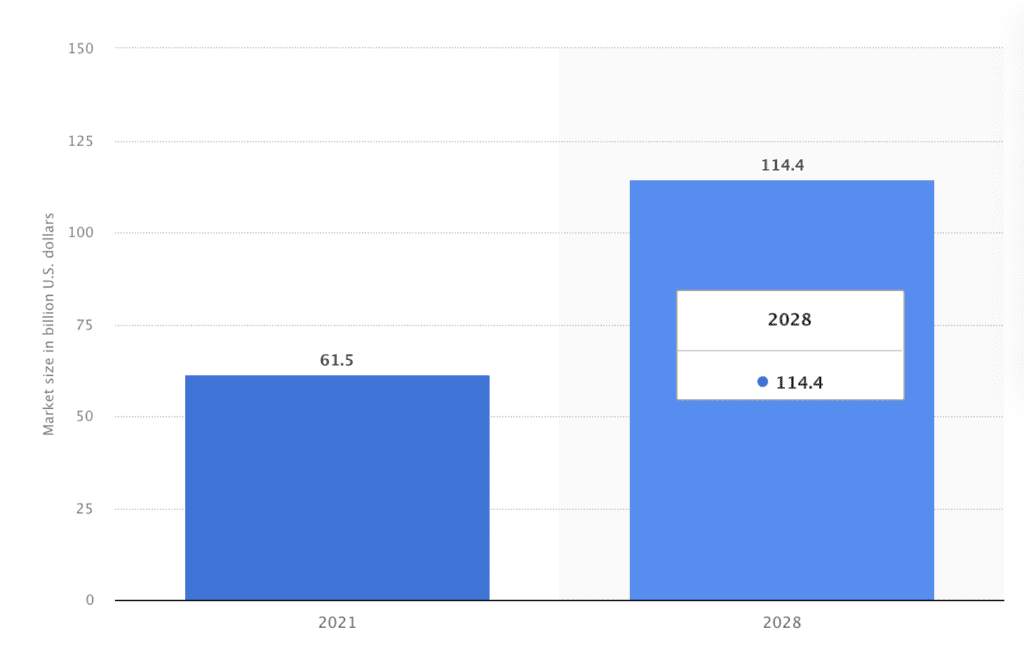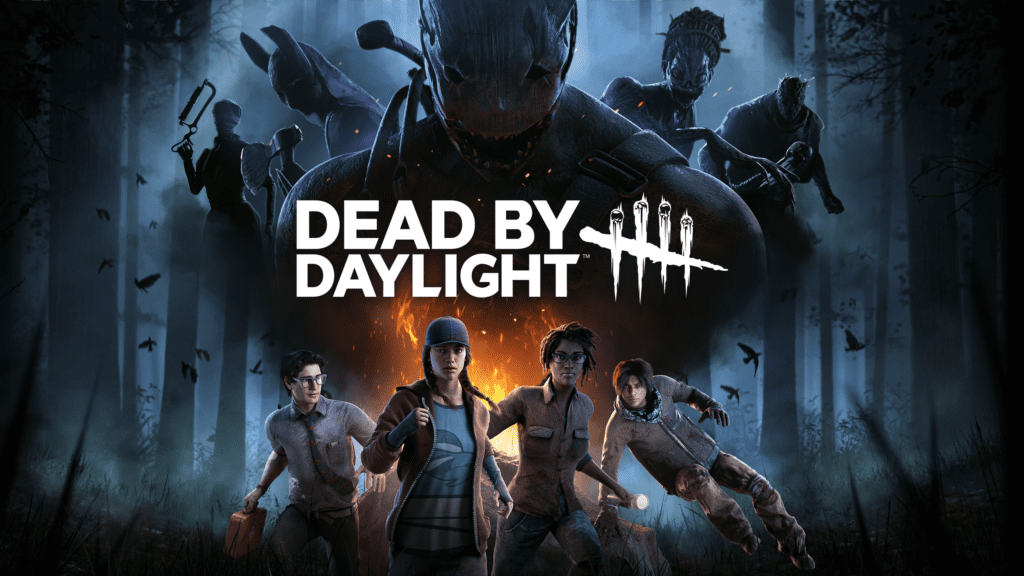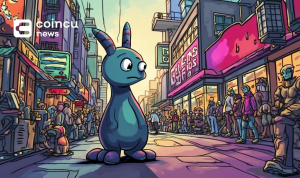Key Points:
- All games can be designed using the Battle to play mode, and in the Web3 world, players from different chains and communities are likely to participate in the game.
- In the Battle to play mode, the developer has a new way of making money, earning commissions through the game itself, and the developer can also set the pricing by level.
- Expanding the influence of the Battle to play mode, ZKP is an indispensable technology.
The Battle To Play model, a game between users and game mechanics or games between users, could be a potential new way to play full-chain games.

Full-chain games have always been considered one of the core stories in the crypto world. Concepts such as gathering more Web2 traffic, ownership of game content, on-chain verifiable data, global players online together, and unified currency payments are all goals for difficulties for investors and users.
During the last round of the bull market, GameFi attracted many users by monetizing game assets and props. The projects represented by Axie and StepN feature a variety of circle-breaking effects. However, the money-making Ponzi scheme also did not escape the death spiral’s fate; because the gameplay was financially heavy, many serious players were discouraged.
Full-chain games have quietly emerged from the perspective of on-chain data verification, ownership, and programmable assets. The concept has yet to reach most users but has become an important topic in the eyes of some OGs, high-end Gamefi enthusiasts, and investors. A song with great potential.
A full-chain game generally refers to a type of game that implements the core gameplay, game logic, and game content on-chain of a blockchain game. The full-chain game has a high degree of decentralization, fair and transparent mechanics, openness, and composability.
Constrained by performance issues of the underlying infrastructure, most mainstream blockchain game developers have previously implemented offline game behavior. They only upload the end result related to the property. For full-chain games at this stage, it’s still not possible to get rid of the on-chain performance limit. If all the game’s action was online, it would definitely be a light game mode.
Battle To Play model-game series
What kind of game mode could be a new way to play an entire series of games? It’s the Battle To Play model, a game between users and game mechanics or between users.
First of all, if light gameplay requires a fair, transparent mechanism, privacy, and high token liquidity? It’s a gambling game. Since the game system is all in the chain, the entire gameplay, mechanism design, and game data can be verified to avoid unfair behavior as much as possible.
It will be even more perfect with the support of ZKP technology. The system can use ZKP technology to prove the randomness of the game, and it can also ensure that user inputs and outputs cannot be cheated.
For example, chess and card games are invisible to users and third parties. In some cases, it is possible to perform random shuffling and dealing, only visible when the user takes a card from their own hand, which will provide a fairer and safer gaming environment for gambling game players. Similar to game developers, you can also access privacy-related settings to protect the privacy of user accounts, funds, and transactions.
According to Statista estimates, the global online gambling industry market size will be around $60 billion by 2021 and will reach $100 billion by 2028.
Such a huge industry size is entirely possible. Due to the present, the overlap between gambling users and Web3 users is not high and the core of the business is still simple and addictive gambling game design, safe and stable deposit and withdrawal, as well as the high user mobility brought about by large-scale marketing.
The transformation path should be to actively change the traditional gambling business, thereby gradually bringing users into the world of Web3. While we haven’t seen any exploding gambling games yet, we believe this is a trend.

What if we moved the risk game from an asset-focused level to a more gameplay-focused level?
New value line
Users can achieve a sense of accomplishment and even benefit by playing against game mechanics or other users, similar to traditional PVE modes and challenges.
The confrontation mechanism in the game will be similar to the PVE mode in traditional games. Game developers design various challenging levels to attract players.
Players can bet for themselves, to challenge the level, or for others to bet, the winner will receive a reward in the bonus pool and a smart contract that ensures a smooth settlement after each match.
The advantage of this mode is that players not only get fun after winning the challenge but also gain economic benefits and even groups of fans; for developers, it is to show their own whimsical gameplay In front of the players, and it realizes direct benefits by designing challenging gameplay, no longer limited to buying props and in-app in-game skins or ad revenue, etc. Of course, how to balance the difficulty and benefits from the successful challenge of the player is the key.
The outcome of this mode is more unpredictable, the gameplay is more varied and interesting.
For example, in traditional games, there is a type of game called asymmetrical competition, which emphasizes intense gameplay and Player-driven gameplay, such as “Dead by Daylight” and “5th Character,” “Dune” and “Warcraft” emphasize more strategic gameplay, and things that emphasize logical reasoning and performances such as “Kill the werewolf” and “Kill the geese and ducks.”

All games can be designed using the battle mode to play, and in the Web3 world, players from different chains and communities have the ability to participate in the game and bet on the game, as are both sides of the battle.
For users, defeating an opposing player may be more rewarding than completing a challenging level. For developers, choosing a game type should consider not only the appeal of fair game mechanics to players but also avoid misunderstandings about social entertainment.
At this stage, social and on-chain casual games are essentially social and entertainment games focusing on emotional connection and user experience, while on-chain games are difficult to satisfy.
In fact, it can also be seen in today’s popular chain games. Darkforest, a real-time strategy (RTS) game based on the xdai series, itself an asymmetrical multiplayer game, and Trident, based on the Arb ecosystem, this Instant Pet Battle also matches the whole string.
New profit model
For a game:
- First: Either engage players through gameplay, let players gain visual, sensory, and mental pleasure from the game, and then make them realize the gameplay and culture of the game, central to the IP, then instruct them to become the Payment for Game Props and Game Content.
- Second: Players can earn through their own efforts, skills, or investments in the game.
Traditional games pay more attention to the former and incorporate the latter to a certain extent. The main method of making profits is the in-game redemption or purchase system; the game model Play To Earn is designed from the second model, and the main profit method is token sales/NFT and transaction fee income.
In the Battle to play mode, the developer has a new way of making money, earning commissions through the gameplay itself, and the developer can also set the pricing by level. Players with higher levels and profit can join the game. Faced with higher ticket prices, of course, the honor and income of these players will increase accordingly.
What kind of chemical reaction will happen if we add the properties of openness and composability?
Due to the high openness, full-chain games have maximized the potential of UGC. The developers only need to define the initial rules of operation of the game and the community can proceed with secondary development of functions and components on this basis, similar to the common mod functions in the game. traditional game time, but with greater freedom, naturally integrated with game content and less subject to centralized scrutiny.
AMM started DeFi summer, but its growth and growth is due to the continued integration of the dolls with the main asset as the underlying collateral and the methods of mining, lending, and Various levers appear endlessly.
Assets are constantly circulating between different protocols to capture value, and interoperability between protocols is indispensable. Similar to DeFi, game characters and props can also be combined, which means building many games and other derivatives based on one set of assets has gradually become possible. A typical representation is a series of Loot-based Derived content: Realms, Crypts and Caverns, Loot Character; and the Treasure DAO game ecosystem on Arbitrum.
In Battle to Play mode, the large participation of the community makes the gameplay more diverse and interesting. Whether it’s PVE or PVP, if a developer designs the game’s mechanics, their creativity will be exhausted.
Game mechanics must have some limitations, and players may not like them, but the community can fully take on the server and side.
Outsourcing work developed, then custom developed according to the members’ votes, the mature game can also be promoted to the market to attract more attention and interest, and when players are willing to pay more for the game mode they feel part of; for indie creators, they can build their own ideas on the basis of the original game protocol, similar to the “private servers” we see in traditional games.
The excellent servers will also attract a large fan base, and since the underlying protocols are interoperable, the player’s identity and assets can span different private servers, this will allow private servers to help each other and capture the interest in the development of the entire ecosystem.
If we want to expand the influence of the Battle to Play mode, what technical improvements do we need?
The backend needs ZKP technology and multi-chain compatible technology
ZKP technology, i.e. zero-knowledge proof, can significantly impact the game in terms of scalability, privacy, and fairness.
First of all, today’s online game architecture is mostly client-server game architecture. Important player information will be stored on the server and the state between players also needs to be synchronized through the server. In the case of using ZKP, customers, without saving data, can verify important user information and even realize P2P game information sharing among players. Since ZKP verifies it, the game information will comply with the rules.
ZKP allows users to verify without revealing information to the outside, such as in-game types like a battle, match, strategy and Gambling, player personal ability information, player data play, etc. User and other personal information, and even game strategy, can be well protected.
Multi-chain compatibility technology ensures that from a user experience perspective, players can enter the game without cross-chaining. The developer helps players count seamlessly through the built-in basic cross-chain technology. Paid assets and user earnings can be used on the source chain, multi-chain access will also bring more users and tools to advance.

The user interface requires a simpler and easier-to-use client
As the current full-chain game is in its early stages, the developers focus more on the rules of the smart contract, the interface for on-chain interaction, and the interface rendered in the user interface.
When the full-chain game attracts more users, the UI screen will be essential. Of course, we have reason to believe that with the gradual expansion of the game community and the gradual increase of loyal contributors and players, this problem can be well solved.
The ecosystem of the full-chain game is still in the early stages of construction. From basic game logic to user-oriented products, it’s relatively difficult.
However, we’ve seen the pull of transparency and fairness from Web3’s history and the traditional synergy of Minecraft, Roblox, and Steam Workshop games, while Battle to Play perfectly embodies the characteristics of fairness, transparency, and composability. There’s still a long way to go. Let’s wait and see if the full-chain game with Battle to Play at its core becomes the core gameplay in the next round of the bull market.
DISCLAIMER: The Information on this website is provided as general market commentary and does not constitute investment advice. We encourage you to do your own research before investing.
Join us to keep track of news: https://linktr.ee/coincu
Harold
Coincu News























